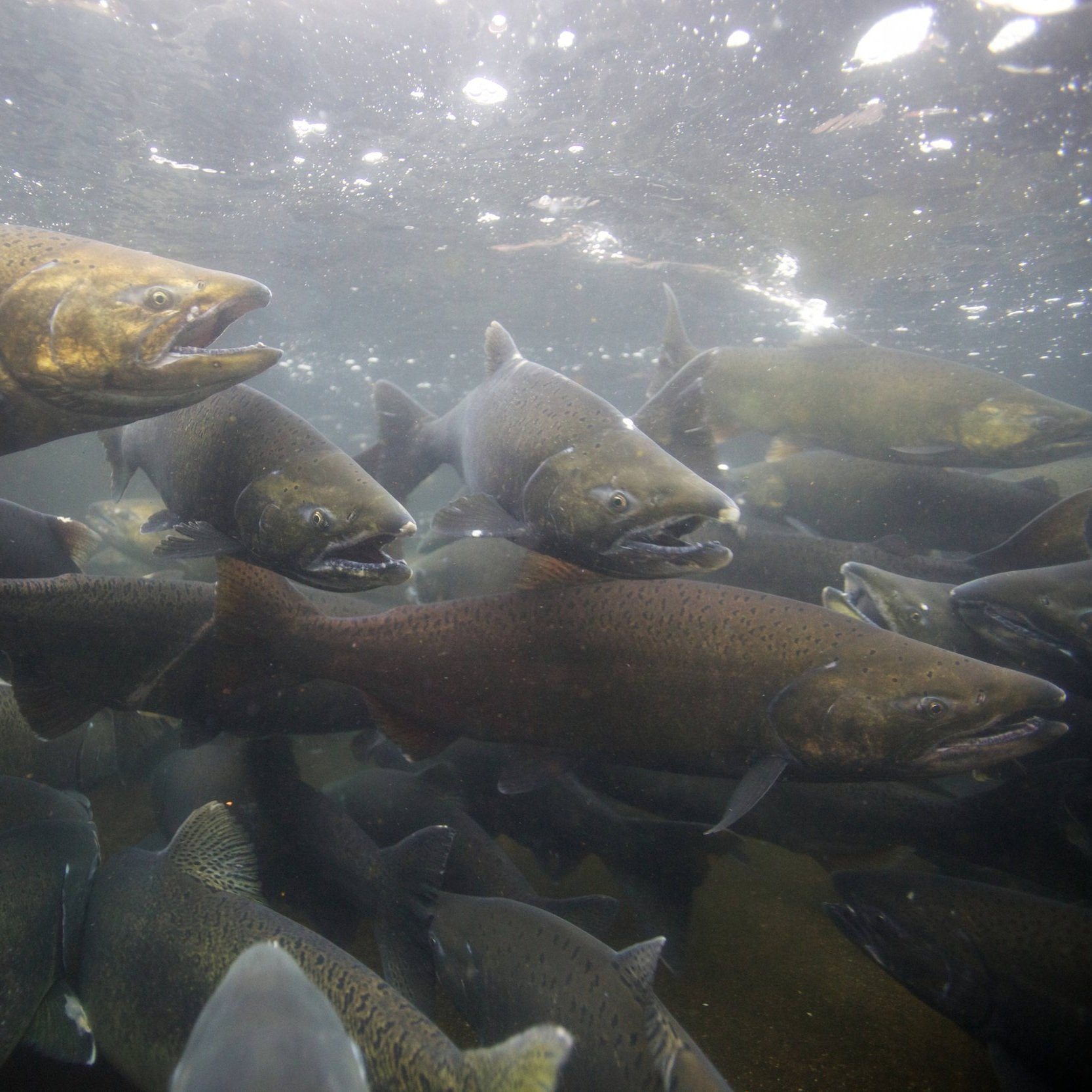
About the Opportunity
Photo by Greg Stahl
Snake River salmon are being driven to extinction, along with the orca who depend on them. While the Northwest has tried for decades to recover salmon, these efforts have not been successful because four aging and inefficient dams on the lower Snake River continue to be the biggest barrier to salmon and steelhead survival.
Now, we have more momentum and support than ever before for a comprehensive solution that includes removing the four dams.
With a comprehensive plan to remove the four lower Snake River dams and replace the energy, transportation, and irrigation services they currently provide, we can stop extinction and lead the largest salmon restoration in history while ensuring a stable economic future for Northwest communities.
This plan must come from our legislators and include investments to replace the services of the dams with new clean and affordable energy, and improved transportation and irrigation infrastructure along the Snake and Columbia Rivers.

1. The science is clear: we must remove the four lower Snake River dams to stop salmon extinction and restore populations to abundance.
Salmon are on the brink of extinction and running out of time, along with the orca and communities who depend on them. Source
Their survival and recovery depends upon healthy, resilient river and stream habitat, and the Snake River is becoming more and more uninhabitable due to the lower Snake River dams. Source
The four Lower Snake River dams are aging and increasingly inefficient. The time is now to make the investments needed to transition to new energy sources and shift our transportation and irrigation systems.
2. We can replace the services provided by the four lower Snake River dams, and we can do it in a way that improves renewable energy access and creates solutions for those who depend on the dams.
In 2022, Senator Patty Murray (D-WA) and Washington Governor Inslee released a report demonstrating that the services provided by the lower Snake River dams can be replaced. Read their recommendations here.
By working with climate and clean energy advocates, utilities and other sectors, we can build a diverse green energy portfolio for the Northwest that effectively replaces the energy currently produced by the lower Snake River dams at a nominal cost to ratepayers. Source
Use of the lower Snake River to transport goods by barge has declined by more than 50% in the last 20+ years, while the costs of maintaining the aging infrastructure of the lower Snake River dams continue to increase. Source
3. There is more momentum now than ever before to begin transitioning the services currently provided by the lower Snake River dams.
More federal funding for infrastructure and new clean energy is coming to Northwest states, making this transition possible.
Northwest tribes are aligned in calling for “bold action for salmon and river restoration in the Columbia Basin.” The Affiliated Tribes of Northwest Indians passed a resolution in January 2023 stating such. Source
We have political support from the Biden Administration and others throughout Congress. Source
The Washington State Legislature recently approved budget provisos to fund specific planning efforts to replace the energy, transportation, and irrigation services currently provided by the lower Snake River dams.
Removing the four lower Snake River dams must be a part of the solution to stop salmon extinction and restore salmon to abundance. It’s time for a comprehensive solution that meets the needs of communities and salmon.
Act Now: Let’s use this historic momentum to stop salmon extinction before it’s too late.
Salmon and orca are running out of time. We must build upon growing momentum by following science and acting on a comprehensive plan to remove the dams.
Get involved today to stand with Northwest tribes and demand our elected officials and the Biden Administration deliver a comprehensive plan to restore salmon that includes removal of the lower Snake River dams.


